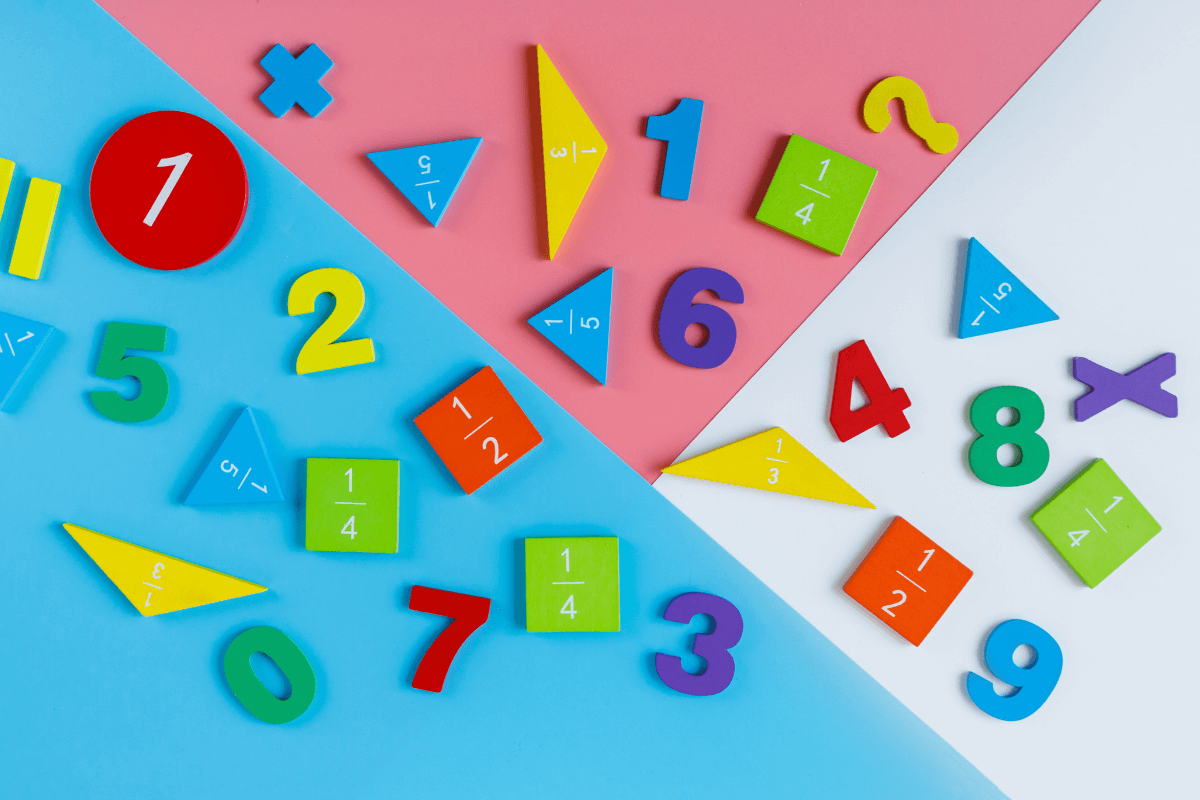Fractions can often be a source of frustration starting in elementary school. Many times this is because children have not previously been taught algorithms and procedures correctly. They may often confuse methods with others they have learned for whole numbers or have simply not practiced fractions enough to understand them fully. This is precisely why building and understanding the foundation of number sense has been shown to increase student achievement later on.
Parent Involvement
Parents looking to help their children with a better understanding of mathematics also need to develop a more sound understanding of the foundations. This is why we involve parents in our programs at Dropkick Math. Our trained instructors will help build a parent’s mathematics capacity so they can adequately support their child’s journey in elementary math. We believe that success is achieved by learning together.
Understanding Fractions
For students to really understand fractions, it is essential that they learn to view them as numbers. Specifically, numbers that represent different constructs based on the context. In the past, fractions education focused on the outcomes, memorizing procedures so that students could successfully operate with fractions. However, being a good mathematical thinker is no longer based on how quickly a child can produce an answer. It is more important that mathematical thinkers understand the process and have multiple pathways to a solution.
To become a good mathematical thinker, it is essential to understand the meaning of fractions. Fractions represent equal parts of a whole or of a collection.
Fraction of a whole: When a whole is divided into equal parts, each part is a fraction of the whole.
Fraction of a collection: Fractions can also represent parts of a set or a collection.
Fractions have two parts. The number on the top of the line is called the numerator and tells how many equal parts of the whole or collection are taken. The number below the line is called the denominator and shows the total divisible number of equal parts in a whole, or in a collection.
When explaining fractions to a child, some of the most common examples in real life are equal slices of pizza, fruit, cake, or a bar of chocolate. Children may also learn through these foods that when the parts of the whole are unevenly divided, they don’t form fractions.
Using examples of fractions in everyday life can help children understand and visualize the math concept. Some examples you can use for older children include:
- splitting a bill at a restaurant into halves, thirds, or quarters
- working out price comparisons in the grocery store when something is half price
- looking at a clock and teaching them about half an hour and a quarter past
When it comes to helping a child with their math homework, fractions are probably what you will struggle with the most. The best place to start when explaining fractions to a child is to offer a description such as, “a fraction is any part of a group, number, or whole.” Then, using real-life experiences, fractions can become a little less scary.
Math Anxiety
For children, the world of math can be filled with despair and anxiety if they struggle to understand the concept of fractions truly. Fractions are known to be one of the main contributors to math anxiety and can be one of the most significant barriers to your child’s success in math. However, this can be avoided with the help of Dropkick Math Academy. Our programs are designed specifically to work with children to overcome any learning gaps they may have. Our programs include working with adding and subtracting fractions with like and unlike denominators. Children will also work with multiplying and dividing fractions with whole numbers and gain the ability to add and subtract fractions using mental math.
As children advance through our program, they will connect fractions, percents, and decimals and use each form flexibly. They will strengthen their proportional reasoning skills and develop proficiency with fractions. By the end of our program, children will have developed a solid foundation for secondary mathematics involving linear relationships, radian measures, and trigonometry.
Get Back On Track
If your child is struggling with fractions or other math operations, Dropkick Math can help get them back on track! We focus on the critical gaps in learning where children often show difficulty and provide an exciting way for students to thrive in mathematics by applying newly discovered techniques. By focusing on the foundational concepts (number sense, operational sense, algebraic reasoning, and proportional reasoning), our engaging, innovative programs help students fully understand critical concepts that are the base fundamentals of mathematics.
We also address deficiencies through our innovative, research-based math learning techniques while correcting any underlying misconceptions about mathematics. All instructors are qualified Ontario Certified Teachers who can offer differentiated approaches, making it accessible for all learning needs.
Show your child that math is fun by enrolling them in Dropkick Math Academy. Start with our FREE assessment today!





